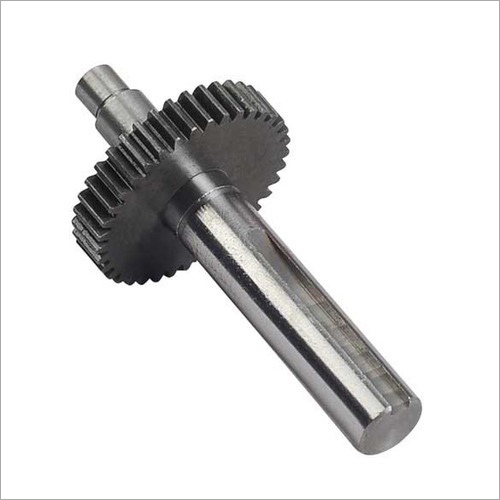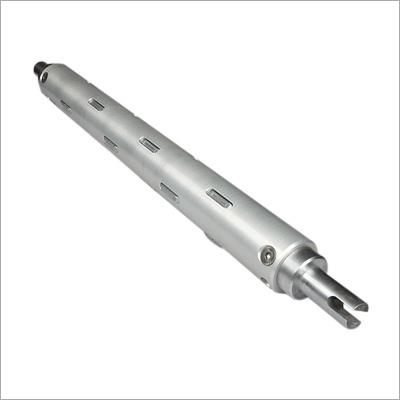Best Magnetic Base, Ball Screw etc, are served by us..
Gear Shaft
Price 2500 INR/ Bale
Gear Shaft Trade Information
- Minimum Order Quantity
- 1 Container
- Payment Terms
- Cash Advance (CA), Cash in Advance (CID)
- Sample Available
- Yes
- Main Export Market(s)
- Asia
About Gear Shaft
This Gear Shaft is a mechanical component for transmitting torque and rotations. This shaft is fabricated with special forged steels with particular alloys whereas tight endurance profile machining and grinding gives accuracy and efficiency. All that is requisite for the high-fidelity manufacturing of these products is the artwork of fabricating, which alleviate the products' contact with gear under operations. These shafts are thoroughly checked by our quality controllers on different quality parameters before delivering to our customer ends. Apart from this, Gear Shaft is known for their features like, accurate dimensions and high durability.
How it Works
-
A driving force, such as a motor or engine, rotates the gear shaft.
-
The gears attached to the shaft then mesh with corresponding gears on other components.
-
This meshing action transfers rotational motion and torque from the driving shaft to the driven components.
-
In a gearbox, this process allows for adjusting output speed, increasing or decreasing torque, or changing the direction of motion, all dependent on the gear ratios.
A gear shaft, also known as a transmission shaft or drive shaft, is a mechanical component with one or more gears attached to a cylindrical rod that transmits rotational motion and power between different parts of a machine, such as an engine and a gearbox. It serves to change speed, increase torque, or reverse rotation by using meshing gears to transfer power from an input to an output component. Gear shafts are made from high-strength materials like alloy steel to withstand stress and are found in various machinery, including automobiles and industrial equipment.
Key Functions and Characteristics
-
The primary role of a gear shaft is to transmit rotational power and motion from one component to another.
-
By integrating gears of different sizes, the gear shaft alters the speed and torque output of the machine according to the specific gear ratio.
-
The teeth of the gears on the shaft mesh with mating gears on other components, creating a reliable mechanical link for power transfer.
-
The shaft is designed to endure torsional (twisting) and shear stresses generated during operation, supporting the loads imposed by the gears.
-
Integrating gears directly onto the shaft allows for efficient and compact operation within complex mechanical assemblies.
How It Works
-
A motor or engine provides rotational force to the input shaft.
-
The gears on the shaft then engage with corresponding gears on another component, such as an output shaft or another gear train.
-
The meshing of the gear teeth causes the driven components to rotate, transferring the power and motion from the input to the output.
-
The ratio of teeth between the meshing gears determines the final speed and torque at the output, according to the gear ratio.
Applications
- Automobiles: In vehicle transmissions to adjust engine output for different driving conditions.
- Industrial Machinery: In various industrial machines for power transmission and motion control.
- Power Transmission Systems: As a key component in overall power transmission systems to manage energy flow.

Tell us about your requirement

Price:
Quantity
Select Unit
- 50
- 100
- 200
- 250
- 500
- 1000+
Additional detail
Mobile number
Email

 Send Inquiry
Send Inquiry




